Votre panier est vide
MOTO Products
shop your way
Choose a shopping experience
Same great Risk Racing products, 3 completly different ways to shop them.
Choose a shopping experience
Same great Risk Racing products, 3 completly different ways to shop them.
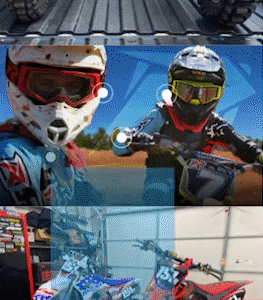
Lifestyle Shopping
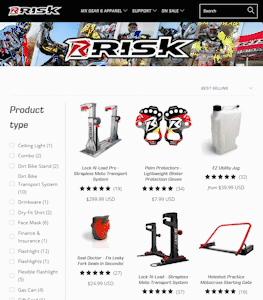
eComm Shopping
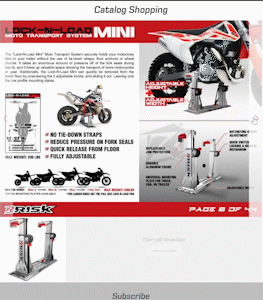
Catalog Shopping
MOTO TYRES
MOTO Gear & Apparel
How do I keep My Dirt Bike Tires From Going Flat?
avril 29, 2022 5 lire la lecture
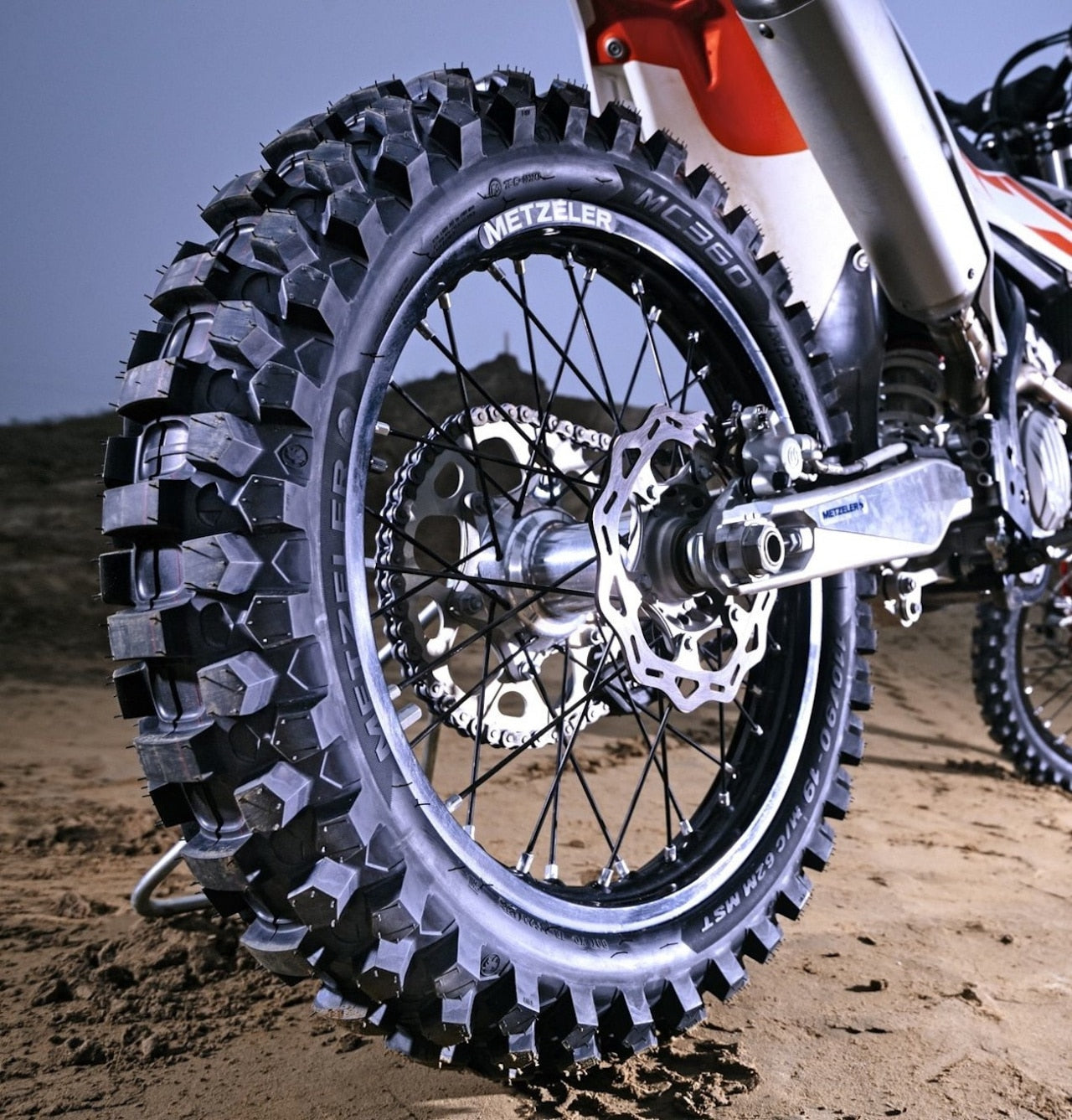
Being lucky enough to enjoy the experience and privileges of owning and riding a dirt bike was bound to result in the unlucky event of having a flat tire at some point. It’s practically law.
Before riding, choose the appropriate tires and pressure for the type of terrain you plan to ride on. If punctured, a tire can be fixed with sealant and can be prevented entirely with tire balls, a mousse, and tennis balls.
Keep reading to find out how well these solutions work and how you can take care of your dirt bike tires as well as the best dirt bike stand for tire changes.

How Long Do Motocross Tires Last?
I can’t really give you an exact estimate of how many miles you can expect to get out of your tires or how many times a year you’ll have to replace them due to factors like
- Price of the wheels
- Your riding style
- Your storage
You could get 100 miles or 4,000 miles, but the average amount of miles experienced riders seem to get out of one tire is between1,500-2,500 miles.
There are plenty of ways to shorten the lifespan of your dirt bike tires, some of which many of you have found out by painful experience. For the new riders on this page, effective ways of wearing out your tires include:
- Using the wrong tire with the wrong terrain.
- Storing your tires carelessly
- Riding with too much or too little air
- Or burnouts!

How Do You Stop a Pinch Flat on a Dirt Bike?
My more experienced riders will have definitely had a pinch flat, or snakebite, a few times. For you new riders out there, a pinch flat happens if the inner tube is pinched between the tire and rim of the wheel, causing it to pop with enough force. You have a few options below to handle this problem.
Tire balls
These are individually inflated pads that replace your inner tube and are reportedly 10x more puncture-resistant than your average tube. Tire balls won’t compromise your riding experience and are designed to give you better traction, suspension, and protection for your tire sidewalls.

Bib Mousse
A bib mousse is a foam ring with nitrogen gas filling its air pockets and covered with a thin rubber slip that provides more support than a tube, but there’s no way to adjust the amount of pressure you feel. This can make it easier to wear out your tire.
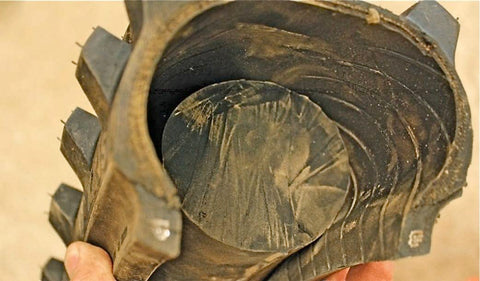
SLIME
SLIME sealant is a terrific short-term solution, especially when you’re 20 or 30 miles out in the middle of nowhere on a trail, especially because it’s so easy to use. You inject about 8oz into the air valve and just spin the tire around to spread the sealant. Once you’re home either replace the tire or the inner tube. The slime won’t do you any good in the long term.

Riding with Tubes and Tubeless Tires
Entry-level:
An entry-level tube is an inner tube suitable for entry-level dirt bikes, such as the Kawasaki KLX140G. Tubes for this beginner-friendly bike need to fit21-inch front wheels and 18-inch rear wheels.
Lightweight:
Riders will opt-in for lightweight tubes when they want to shed weight, as for racing. You could eliminate as much as one pound between the standard and heavy-duty tubes. This tube makes you light, but you’re much more likely to get a pinch flat.
Heavy:
Heavy-duty tubes are at least 2-3mm thick and are good for preventing pinch flats since they’re so sturdy. They’re suitable for aggressive riders or those who want to ride with less PSI, but much more expensive than your standard tube.
XXL tubes:
Extra-large tubes belong in extra-large tires; otherwise, your bead will be pushed off the rim. Extra-large tubes are another way to ride with less PSI while avoiding pinch flats.
Tubeless:
Tubeless tires will remove the possibility of pinch flats altogether. It’s a high-pressure insert that you place inside your rim, creating a low-pressure chamber and a high-pressure chamber. Inflate the tube in the insert to create an air-tight seal that will then let you pump air into the tire itself. An excellent option for motocross or riders who prefer low PSI.

How Often Should You Change Dirt Bike Tires?
In addition to the average wear limit of 1,500-2,500 miles, there are at least 5 signs to let you know when to change out your dirt biking tires:
- They are cracked
- The knobs are rounded, missing, worn down flat, and/or torn
- Your tires are more than a year old
- Your tires are tearing
- The original tires you chose are unsuited for the terrain you’re riding on.
Should any of these instances happen, you should change out your tires. Your rear tire is going to be run down sooner than your front tire since it’s on the drive wheel, but it’s wise to replace both at the same time, though expensive.
How Do You Store Motocross Tires?
When choosing a storage place for motocross dirt bike tires, I don’t advise keeping them outside or in a drafty garage or barn. If you do, the wildly varying temperatures between hot and cold will take a toll on the pressure of your tires and their general durability.
Instead, you want to store your tires somewhere you can keep the temperature above 32 degrees Fahrenheit and below 100 degrees Fahrenheit, such as in:
- A well-kept and sealed attached garage,
- A storage room inside your house,
- Your basement,
- A shed.
- A storage unit

How you store them is just as important. If you're storing your tires with the bike attached, I do not recommend setting it on the floor because you will continue to put pressure on your bike’s suspension and develop flat spots on the tires.
You can get it off the floor by attaching it to a stand, preferably the ATS MX stand from us here at Risk Racing. This is more than a shameless plug, for which I do not apologize because it’s awesome. Most stands have the problem of keeping the bike at a uniform level to the point where one tire is still going to touch the ground. What’s even the point?
So, my team and I took it upon ourselves to make a stand that keeps all models of motocross bikes level and off the ground with an easily adjustable stand. You can check out this useful equipment here.
If you’re able to find a good place to store your tires you should be able to keep them for five years without much worry.
Conclusion
Now you should be all the wiser with dirt bike tire care and repair. Now that I have bestowed this wealth of knowledge on you, feel free to create a tire “first-aid” toolbox or plug kit with quick, short-term solutions and more effective, long-term solutions. You’ll thank me and yourself for it.
Laisser un commentaire
Les commentaires sont approuvés avant leur publication.
Subscribe
Sign up to get the latest on sales, new releases and more …

Limited Time 10% Off
Save on your 1st order and get email offers when you join.
Eligible for first-time website purchases only. Emails may take a few minutes to process and could get flagged by email providers as junk so be sure to wait a little bit and check your junk and/or spam folders.

 Royaume - Uni / UE▾
Royaume - Uni / UE▾



























